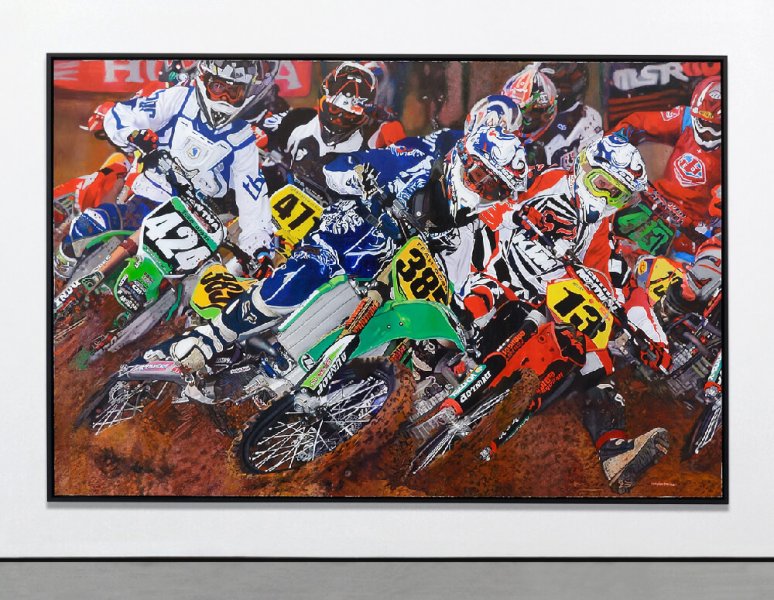Malcolm Morley
Malcolm Morley (1931, London, UK — 2018, New York, NY, USA)
“Two words characterize my art: diversity and fidelity. Fidelity somehow binds the diversity. And although the paintings might look very different from each other, you get the feeling the same artist painted them.”
– Malcolm Morley
The first winner of the prestigious Turner Prize, Malcolm Morley, was hailed by Salvador Dalí as “the best painter of his generation”. Known for his continual artistic innovations, Morley achieved a prominent status in different painting movements and pioneered two influential art movements of the 20th century: Super-realism and Neo-expressionism.
Morley began his artistic journey by attending the Camberwell School of Arts and Crafts from 1952 to 1953, followed by the Royal College of Art from 1955 to 1957. In the mid-1960s, he was teachung at various institutions such as Ohio State University, the School of Visual Arts (1967–1969), and Stony Brook University (1970–1974).
After relocating to New York in 1958, Morley gradually immersed himself in the city’s art scene, crossing paths with renowned artists like Jackson Pollock, Andy Warhol, Willem de Kooning, Barnett Newman, and forming a friendship with Roy Lichtenstein. He departed from abstract art and shifted towards highly realistic paintings, solidifying his reputation as one of the pioneers of the Photorealist movement.
In the 1970s, Morley’s paintings evolved, moving away from the precise structure of Super-Realism. His brushwork became more visible and expressive, incorporating collage techniques. These works are considered the precursors to the dominant painting style of the 1980s, Neo-expressionism, and positioned Morley as an early advocate and influential figure.
Morley’s distinctive style encompassed elements of autobiography, politics, psychoanalysis, mythology, and the visual culture of his era, exploring the boundless possibilities of paint. Throughout his career, he often depicted nautical scenes, fighter planes, and airplanes, drawing inspiration from various sources and deeply rooted in his childhood memories.
In 1984, Morley won the inaugural Turner Prize. He was also the 1992 winner of the Skowhegan School of Painting and Sculpture’s Painting Award and was represented at Documenta V (1972) and Documenta VI in Kassel (1977).
Morley showed internationally, including major retrospectives at the Centre Pompidou (Paris, France, 1993) and the Brooklyn Museum (New York, NY, USA, 1984), which later travelled to the Museum of Contemporary Art (Chicago, IL, USA).


